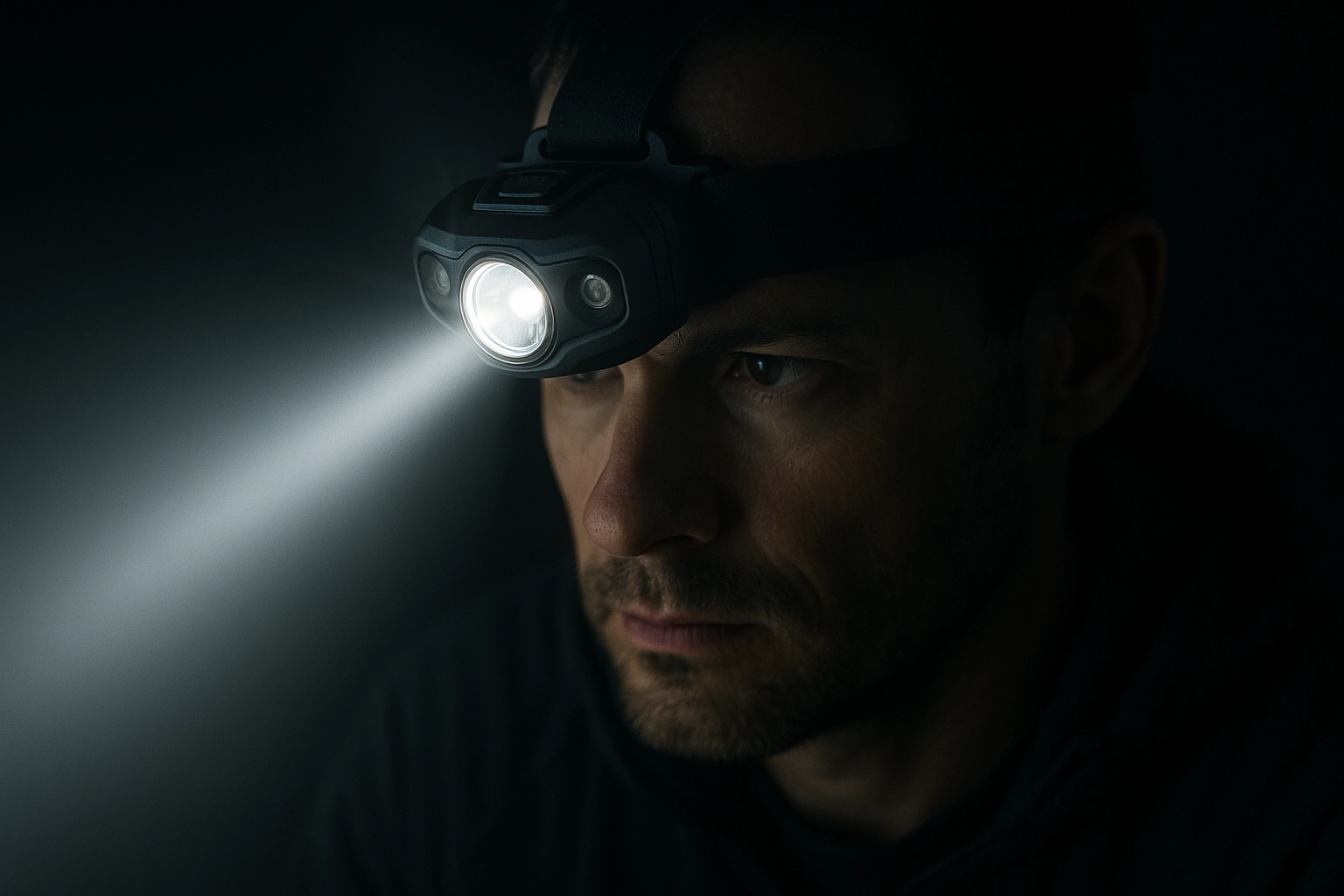GB/T 10485 – Fog Lamp Light Distribution Testing
The GB/T 10485 standard is specifically designed to ensure that fog lamps used in automotive applications meet the necessary safety and performance requirements. This test evaluates how well a fog lamp distributes light under various conditions, ensuring drivers have adequate visibility in poor weather or low-light situations.
Understanding the importance of this test requires looking at its broader context within the automotive industry. Fog lamps play a critical role in enhancing driver safety by improving visibility during adverse weather conditions such as heavy rain and fog, which are common scenarios that can significantly reduce road visibility. The standard aims to ensure these lights perform optimally under different environmental stresses.
The primary focus of this test is on the light distribution pattern produced by the fog lamp, ensuring it meets predefined criteria for both intensity and coverage angle. This not only enhances driver safety but also contributes positively to automotive lighting technology advancements. Compliance with GB/T 10485 helps manufacturers achieve regulatory compliance while improving overall product quality.
The testing procedure involves several key steps aimed at evaluating the light distribution characteristics of fog lamps accurately. Specimen preparation typically includes ensuring that all components are correctly installed and functioning before testing begins. Once prepared, tests are conducted using standardized equipment designed to replicate real-world driving conditions as closely as possible.
The importance of this standard cannot be overstated; it ensures consistent performance across different models from various manufacturers, thereby promoting safer roads for all users. By adhering strictly to GB/T 10485 during development and production stages, companies can demonstrate their commitment to high-quality products that meet stringent regulatory standards.
Here are some specific aspects of the fog lamp light distribution testing process:
- Measurement of light intensity at various points within a defined angular field
- Evaluation of uniformity across the entire illuminated area
- Assessment of how well the light spreads over different distances and angles
- Verification that the light pattern aligns with specified geometric requirements
The table below summarizes key applied standards relevant to fog lamp light distribution testing:
| Standard Number | Description |
|---|---|
| GB/T 10485-2017 | Light and Lighting – Headlamps and Fog Lamps – Light Distribution Tests |
Compliance with these standards guarantees that fog lamps will perform reliably under diverse environmental conditions, contributing to enhanced safety on roads globally.
Applied Standards
| Standard Number | Description |
|---|---|
| GB/T 10485-2017 | Light and Lighting – Headlamps and Fog Lamps – Light Distribution Tests |
The GB/T 10485 standard mandates rigorous testing procedures to ensure fog lamps meet essential performance criteria. This includes evaluating light intensity, uniformity, and spread patterns under controlled laboratory conditions that mimic real-world driving scenarios.
Compliance with this standard is crucial for manufacturers aiming to produce reliable and safe fog lamps. It ensures products adhere to strict quality control measures, enhancing overall vehicle safety features.
Environmental and Sustainability Contributions
- Reduces accidents caused by poor visibility in adverse weather conditions
- Encourages the use of energy-efficient lighting technologies that consume less power
- Promotes recycling through standardized design guidelines which facilitate easier disposal at end-of-life
The implementation of GB/T 10485 helps reduce accidents by ensuring fog lamps provide adequate illumination even when visibility is compromised. By promoting the use of energy-efficient technologies, it also contributes to reduced carbon emissions from vehicles equipped with compliant lighting systems.
Additionally, standardized design guidelines make recycling easier at end-of-life stages, reducing waste in landfills and encouraging sustainable practices within the automotive industry.
Competitive Advantage and Market Impact
- Demonstrates a commitment to high-quality products that meet stringent regulatory standards
- Gains market share by offering safer driving conditions, which is increasingly important for consumers concerned about road safety
- Achieves regulatory compliance, allowing companies to sell their products internationally without facing additional hurdles
Compliance with GB/T 10485 provides a significant competitive advantage in the market. It demonstrates a company’s dedication to producing reliable and safe fog lamps that meet strict performance criteria.
As consumer awareness about road safety grows, offering products that enhance visibility during adverse weather conditions can attract more buyers seeking safer driving experiences. Achieving regulatory compliance also opens up opportunities for exporting these products internationally, potentially increasing market share globally.





